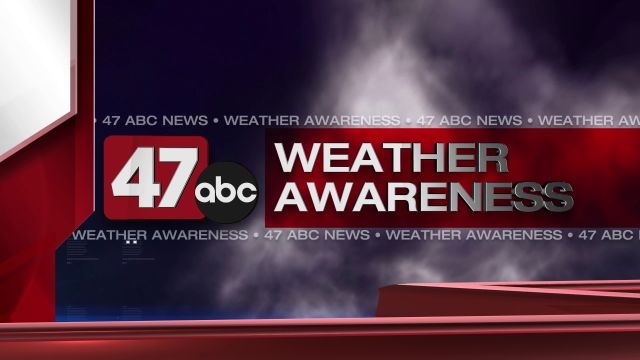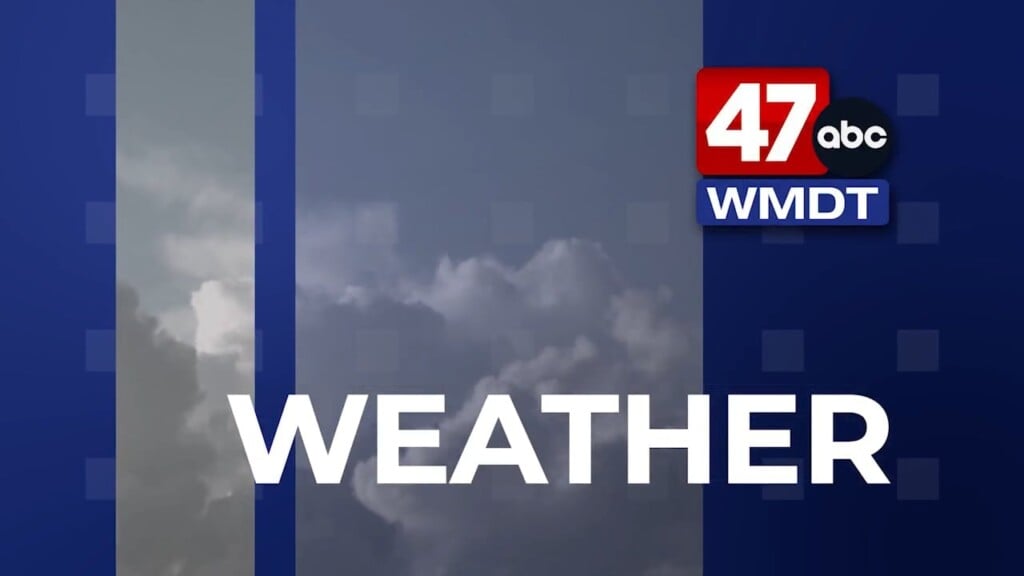Weather awareness segment: Coastal flooding

Flooding is a concern all over the United States, especially for areas surrounded or nearly surrounded by water, for example, the Delmarva Peninsula. Coastal flooding is a common type of flood that is a concern for the peninsula. It can occur during the day and at night, in good weather and in bad.
The current wind speed and time of high tide play a big role in coastal flooding events. It can be a sunny day, but if winds are easterly or northeasterly and blowing straight at the coast it causes an extra push of water towards the coast. And during high tides, these waters can overflow their banks and impact property.
If the National Weather Service believes coastal flooding will occur, they’ll issue a Coastal Flood Advisory if conditions are minor and a Coastal Flood Warning for more severe coastal flooding. For serious inland flooding, mainly due to heavy precipitation, a Flood Watch or Flood Warning will be issued.
Most coastal flooding is minor and mainly a nuisance to those who live near the water. While it may be a nuisance at times, it can of course become a major problem. From Cambridge all the way to Ocean City, coastal flooding can lead to erosion along the shore, something Delmarva experienced a lot of this past winter.
Marlene Dixon is an Ocean City resident and experienced firsthand the damage coastal flooding can cause. She said she had to climb over a 10 foot mound of sand to get down to the beach at 28th this past winter after a winter storm. She also says some of the beach entrances were nearly wiped out, but that the town has done a great job getting the beach ready for opening season.
Over half of all related flood deaths occur when a vehicle is driven into hazardous flood water. It only takes six inches of flowing water to knock over an adult and twelve inches to sweep a car away. The best thing to do is pay attention to local forecasts, have an emergency flood plan, and never underestimate the power of a flood.


